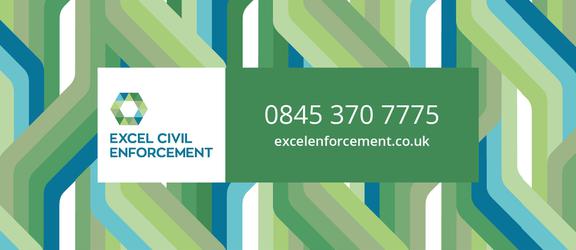Understanding charging orders: securing debts through property

In the realm of debt recovery, a charging order is a powerful method of enforcement that allows a creditor to secure a judgment debt or costs order against a debtor's property. Charging orders are particularly relevant in situations where the debtor's only known asset is their property.
This approach has gained traction among local authorities in respect of council tax arrears, with an increasing focus on arrears relating to second homes and empty properties.
What is a charging order?
A charging order provides creditors with a degree of security. They can become secured creditors and get priority over unsecured creditors when it comes to repayment.
When the debtor’s property is sold, the creditor may be paid, subject to how the charging order can be registered and so long as there's sufficient equity left after prior charges have been satisfied.
Applying for a charging order
A creditor can apply for a charging order using the N379 form and by paying the required court fee. The form requires various details, including of other creditors and others with an interest in the debtor's property.
Creditors can also apply for a single charging order to cover multiple judgments or liability orders against the debtor's property.
Obtaining a charging order may not limit a creditor's ability to carry out other enforcement actions, such as a writ of control to secure payment, either at the same time or after a final charging order has been granted.
Interim and final orders
The charging order process involves two main stages: an interim and a final order. The interim order allows for registration, which can prevent the sale of a property pending the Court's decision over whether to make the order final.
If a final order is granted, it signifies that the debt payment should be paid when the property is eventually sold, before any proceeds can pass to the debtor. If there are other debts secured to the property, these will be repaid first, following a priority order based on when the debts were secured.
Registering a charging order
Once an interim charging order has been granted, it should be registered with the Land Registry within as short a period of time as is practicable. Determining how the charging order should be registered may be complicated. However, this registration ensures that the charging order is listed on the property's title.
Once a charging order has been registered, it is not unusual for the creditor to leave it in place or pursue another method of enforcement. However, it is important to remember that, in cases where the debt exceeds £5,000, interest accrues annually at a rate of 8%.
Order for sale
If the creditor has obtained a charging order and wants to obtain payment without waiting for the property to be sold, the charging order can be enforced by an order for sale. A creditor can apply for an order for sale using the Part 8 procedure and thresholds may apply, subject to how the debt arose. The court has wide-ranging discretion as to whether to grant an order for sale.
Seeking an order for sale is a specialised and expense procedure and the creditor should only embark upon this after careful consideration and, if possible, obtaining specialist advice.
However, local authorities have been applying for, and been granted, orders for sale for many years, particularly where the property in question is a secondary residence or a commercial property.
With charging orders, creditors must be prepared for a lengthy process, and it's essential to consider additional fees and the potential for the property being in negative equity.
Nevertheless, charging orders and orders for sale offer a strategic approach to debt recovery, making them a valuable tool in the methods of enforcement available to creditors.
Contact us to see how we can help you with a charging order.



